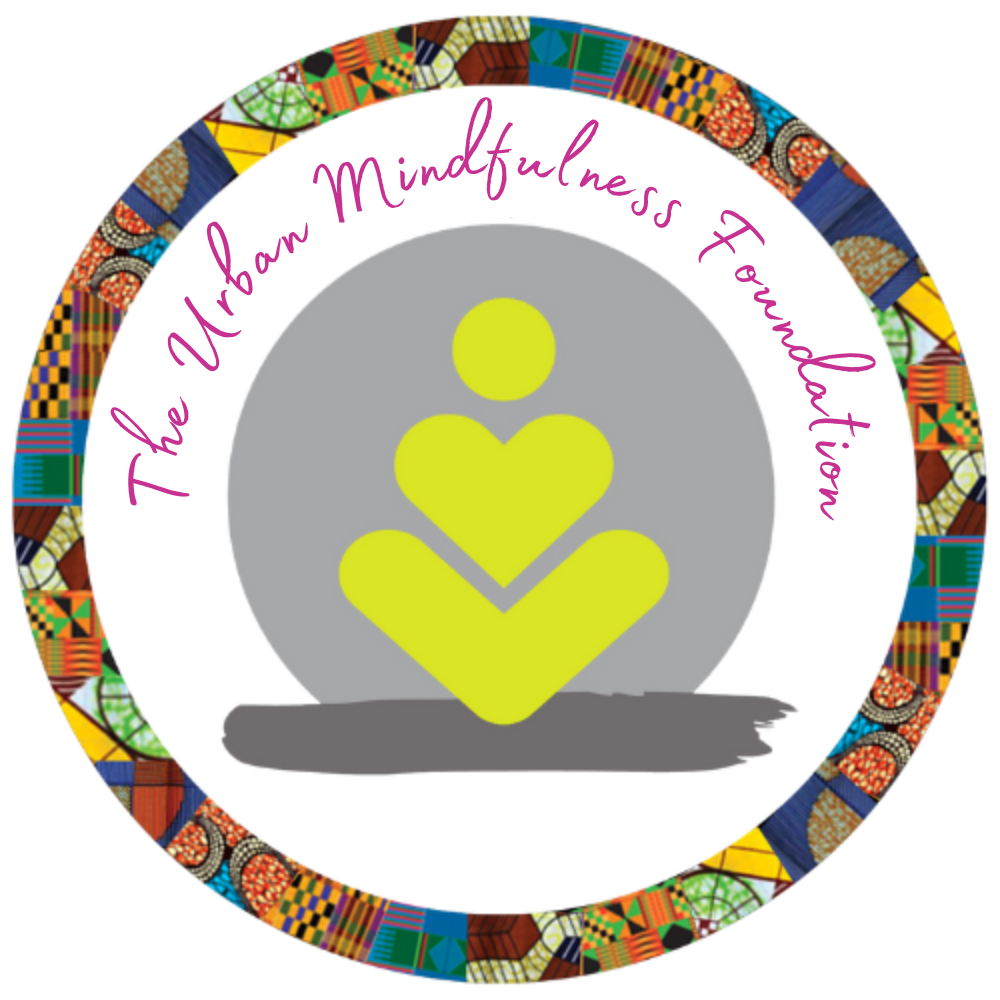What is mindfulness?
We believe that the diversity of Mindfulness is its true beauty and ultimate teaching?
Exploring some mindfulness definitions
There are many definitions of mindfulness available in Western academic literature, alongside many translations from Eastern Buddhist texts and African traditions and philosophies that differ slightly but overlap significantly to allow for some general assumptions about what mindfulness is and how it is perhaps experienced.
Importantly, because there are so many different scientific, cultural and ethnic definitions of mindfulness (over 56 since our last review), it is challenging to agree upon a single definition that definitively answers the question ‘What is mindfulness’ in its entirety.
Therefore, at the Urban Mindfulness Foundation, we accept the nuances and complexities in defining mindfulness using language and consider it a demonstration of its fluidity and intrinsic diversity.
Nonetheless, we also accept that each reputable definition has something valuable to offer in helping us understand and reveal the true nature and infinite depths of mindfulness practice and application.
It is also said that mindfulness is an innate faculty that all humans have, and we consider this statement true. However, we also accept that if mindfulness is an innate human faculty, it must have at least 7.5 billion different expressions that come with our unique individuality and interpretations of perceptive reality that make the question of ‘what is mindfulness’ almost impossible to answer with certainty unless we engage in the exceptionalism and entitle that can lead to epistemic injustice.
Forming an understanding of what mindfulness is as a contemporary practice
To help form an understanding of what mindfulness is or what it may mean to you, we encourage you to embark on a dedicated practice for an extended period before coming up with your definition based on your own lived experience.
Moreover, despite that fact, we don’t believe words alone can answer the question of what mindfulness is. The following suggestions might be helpful as a starting point to help us gain a shared understanding when practising and speaking about mindfulness in both a traditional secular context and a social context.
Definition 1 – The Urban Mindfulness Foundation's answer to the question 'what is mindfulness'?
“Knowing and recognising how we are relating
whilst we are relating
to everyone and everything
moment by moment
in awareness of our judgements, context and compassionate intentionalities and actions.”
Dean Francis – Urban Mindfulness Foundation
Definition 2 – Jon Kabat Zinn's answer to the question 'what is mindfulness'?
The following definition from Jon Kabat Zinn who is one of the most renowned mindfulness teachers and considered to be a founder of Secular Mindfulness in the West is one of the best known. It is a definition we use throughout all of the programmes we deliver but also critique healthily to make room for other ideas and cultural expressions of mindfulness to co-exist:
“Mindfulness means paying attention, in a particular way;
On purpose, moment by moment, non-judgmentally.”
Jon Kabat Zinn
Definition 3 – The Late Rob Nairns answer to the question 'what is mindfulness'?
Another definition we use in our training programmes is from the late Rob Nairn, Founder of the Mindfulness Association. Rob defined Mindfulness in a wonderfully simple way: as
“Knowing what is happening when it is happening;
no matter what it is.” Or “without preference.”
Rob Nairn – Mindfulness Association
Definition 4 – mindfulness in chinese writing offers another perspective on the question 'what is mindfulness'?
We often use the Chinese Calligraphy to communicated what mindfulness is. In Chiness writing, the word mindfulness is depicted by a symbol that communicates what we believe is the essence of Mindfulness. Whilst the above definitions are extremely useful in a western context, we feel this chinese definition is probably most important to share as an alternatice cultural expression. The symbol for mindfulness looks like this below:

The literal translation of the Chinese symbol is “Now, or present heart.” This is depicted by the top part of the symbol that represents a shelter or hat meaning “now” or “present” that is combined with the bottom half of the symbol tht represents the word “heart.” This symbol therefore suggests that Mindfulness is connected with the presence of heart.
This can also be decribed as “Essence of heart”, “loving presence” or “heartfulness” that are all ways that the practice has been described.
Jon Kabat Zinn affirms this by confirming:
“If love and kindness or essence of heart is missing from Mindfulness Training, then the training is likely to be missing it’s essence”.
Jon Kabat Zinn
